U.S. and Iranian leadership displayed rare agreement in comments on Tuesday, May 14 as officials sought to publicly downplay the possibility of military conflict.
The U.S. has claimed that intelligence indicated Iran was planning to target Americans or U.S. interests in the region, possibly against U.S. forces in Iraq or Syria, without giving details and with political and military leadership at times contradicting each other and themselves.
“This face-off is not military because there is not going to be any war. Neither we nor them seek war,” the official website of Iran’s Supreme Leader Ali Khamenei cited him as saying in a meeting. “They know it will not be in their interest,” he said, referring to the United States, which has in recent days sought to increase its “maximum pressure” campaign against the Islamic Republic with ship movements and the deployment of a missile defense system to the region.
His comments came a day after Iranian President Hassan Rouhani proclaimed Iran was “too great to be intimidated by anyone” as tensions between the U.S. and Iran escalated in the Persian Gulf.
On May 5, National Security Advisor John Bolton announced that the U.S. was deploying the USS Abraham Lincoln Carrier Strike Group and a bomber task force to the Middle East, claiming “a number of troubling and escalatory indications and warnings.”
On Friday, the Pentagon said that it would be joined by the amphibious assault ship USS Arlington and a Patriot missile battery “in response to indications of heightened Iranian readiness to conduct offensive operations against U.S. forces and our interests.”
USS Arlington is a San Antonio-class ship that transports U.S. Marines, amphibious vehicles, landing craft and rotary aircraft to support amphibious assault, special operations or expeditionary warfare missions.
The timeline and who exactly ordered the deployment are unclear. The White House released Bolton’s statement, but then it was reported that CENTCOM Commander General Kenneth McKenzie and Chairman of the Joint Chiefs of Staff General Joseph Dunford requested the movement, with Acting Secretary of Defense Patrick Shanahan signing off and then for some reason deciding the White House should make the announcement.
But the Lincoln Carrier Strike Group was already headed to the Persian Gulf. On April 8, the aircraft carrier arrived in Europe in the first leg of its round-the-world trip to change homeports. At the time Naval Today reported that the carrier strike group would operate in the Mediterranean Sea and Persian Gulf before heading for the Indian Ocean, South China Sea and Pacific Ocean en route to its new home in San Diego, California.
(Joining the carrier strike group was the Spanish frigate Mendez Nunez – which has now been recalled as tensions increase in the Gulf.)
And on Tuesday British Army Major-General Chris Ghika, Deputy Commander-Stability for Operation Inherent Resolve said the Coalition against Islamic State had seen “no increased threat from Iranian-backed forces in Iraq and Syria” or any change “in the posture or laydown” of the Hashd al-Shaabi – or Popular Mobilisation Units – a collection of Shia militias supported by Iran but largely part of the Iraqi Security Forces that operates with the Coalition.
Asked repeatedly about Iran during a now-rare public briefing at the Pentagon, Ghika said: “We monitor threats, there are a range of them.”
Later Tuesday, Secretary of State Mike Pompeo, who has taken a hardline stance on Iran, said during a trip to Moscow that the U.S. would respond if its interests were attacked but stressed “we fundamentally do not seek a war with Iran.”
This despite an apparent Houthi drone attack that forced Saudi Arabia’s Aramco to stop pumping crude oil along a major pipeline, and what the kingdom and its ally the United Arab Emirates claimed was an attack that damaged four oil tankers in the Gulf.
Even President Donald Trump seemed to stand down on Tuesday, after boasting a day earlier that Iran would “suffer greatly” were it to “do anything.”
“I’m hearing little stories about Iran,” he said Monday. “If they do anything, it would be a very bad mistake.”
The New York Times reported – citing anonymous sources – that Shanahan had drawn up plans to deploy up to 120,000 U.S. forces to the region if Iran were to attack American interests or develop nuclear weapons, a number far too small to launch a land invasion but around the same number of U.S. troops sent to invade Iraq in 2003.
Asked about the report on Tuesday, Trump said: “I think it’s fake news, okay? Now, would I do that? Absolutely. But we have not planned for that. Hopefully we’re not going to have to plan for that. And if we did that, we’d send a hell of a lot more troops than that.”
Trump’s denial of anything is hardly proof that it didn’t happen, and the Times makes clear that he may not have even been briefed on the plans – which were apparently ordered by Bolton – but in fact the source(s) for most stories regarding Iran have been anonymous U.S. officials (in one case a single unnamed official).
Since May 5 media reports have delivered the Trump administration’s assertions with a surprising amount of credulity, given the national security advisor’s history of advocating for regime change and the president’s well-documented loose relationship with the truth.
Yet publicly both Trump and Pompeo have now backed off the hardline stance, with Iranian leadership doing the same, begging the question: just who is running this show?



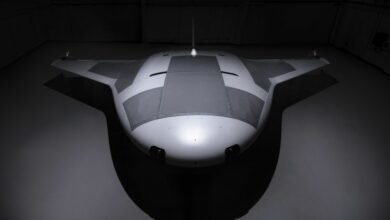

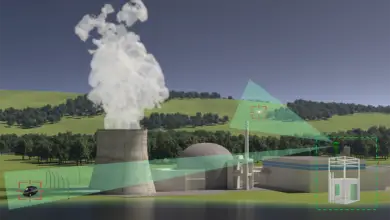

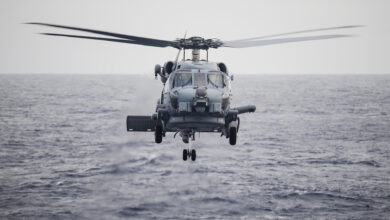


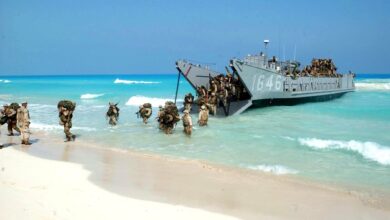
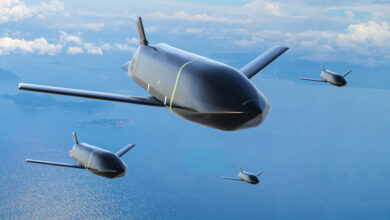
2 Comments